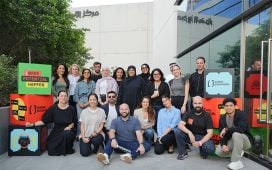By Matt Nelson, performance marketing director, Experience Hub, Yas Island
There has never been a more exciting time to work within the travel and tourism industry as we emerge following the global pandemic. According to the World Travel and Tourism Council, Middle East tourism GDP is forecast to grow at an average rate of 7.7 per cent annually between 2022-2032, three times the 2.5 per cent growth rate for the region’s overall economy, with travel industry GDP set to reach a mammoth $540bn.
This huge growth in the tourism industry is being largely driven by pent-up demand for travel. Consumers are desperate to make up for lost time and missed experiences, resulting in them being more r
To continue reading this article you need to be registered with Campaign. Registration is free and only takes a minute. Register Now or sign in below if you already have an account.









